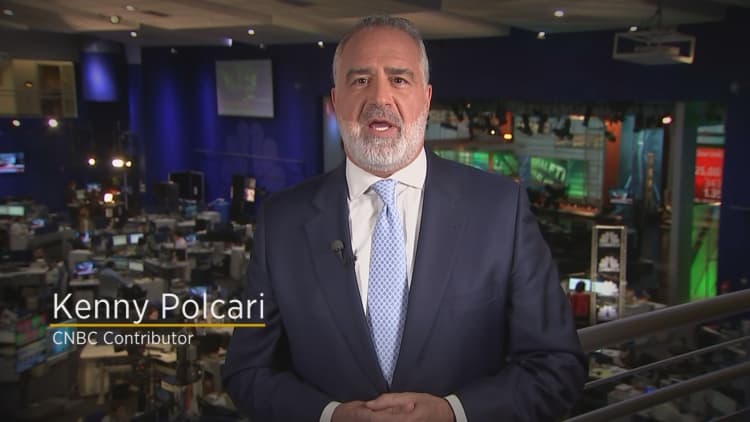Attending college in America can offer students access to ideas and careers that will shape their lives. It can also put them in debt. Students graduate with an average of $37,172 in student loan debt. The total student loan balance in America top $1.5 trillion.
Increasingly, parents are borrowing to help their children earn a degree. But there are a number of financial options that parents can use in the decades before a child reaches college to help pay the costs.
Here are four accounts that parents can set up to ease the pain of paying for college.
The simple savings account

Kenny Polcari, a CNBC contributor, says the most import thing to remember is to start early. The earlier you begin, the more value your assets can accrue.
One of the easiest ways to start saving for college is to open a simple savings account, "a regular, taxable account that offers the most flexibility."
Unlike other college savings accounts, simple savings account have no contribution limit, meaning you can contribute as much as you like. There also is no age limit, meaning the savings can be used at any age. In fact, there are no limits with what you can do with this money.
However, there is a downside: no tax benefits. Your money will not grow tax free.
UGMA and UTMA

The Uniform Gifts to Minors Act and the Uniform Transfer to Minors Act created accounts that allow adults to transfer assets to minors without setting up a special trust.
The UGMA allows for bank deposits, stocks, bonds, mutual funds and insurance policies. The UTMA allows for all of these plus real estate assets. There are some limitations. Individuals can contribute up to $13,000 and couples up to $26,000.
Be wary. With these accounts, the assets belong to the child upon reaching the age of maturity (18 or 21 depending on the state you live in). The beneficiary will be able to use the funds as cash, which means it may not go to education.
Unless you are willing to give up control, this may not be the account for you.
More from Invest in You:
The best way to save for retirement may include this underused plan
Former MLB star A-Rod wants to stop athletes from going broke
No bachelor's degree? No problem. Here are 10 remote jobs for professional with associates degrees
Coverdell Education Savings Account

The Coverdell Education Savings Account, or ESA, allows for tax deferral. And money can be withdrawn early for things like uniform expenses or tutors.
The downsides are a contribution limit of $2,000 per child, and money can only be contributed while the beneficiary is under 18. Furthermore, the money must be used by time the beneficiary turns 30. Otherwise, the money has to be transferred to someone under 30.
There are also income limits. Single parents earning more than $110,000 and couples earning more that $220,000 combined are ineligible. Contributors making between $95,00 and $110,000 will also see their contributions reduced.
The 529 plan

According to Polcari, this is the most effective way to save for college. The 529 college savings plan allows families to save after-tax dollars, have that money grow tax-free, and then use the money towards qualified expenses. Qualified expenses include things like tuition, room & board, books, computers and tutors. It's critical that money taken from a 529 plan is only used towards qualified expenses. Otherwise you'll have to pay back all of the taxes you were able to defer, plus a 10% plenty.
Most states offer a 529 plan, but not all are created equal. You do not have to use the 529 plan offered by the state you live in. You can choose to use a different state's 529 if it suits your needs better.
College is stressful, but contributing to one of these plans early can make paying for school less stressful. It is important to weigh your options and pick the plan that best suits your needs.
CHECK OUT: How going cash-only helped this 23-year-old pay off $20,000 in debt in one year via Grow with Acorns+CNBC.
Disclosure: NBCUniversal and Comcast Ventures are investors in Acorns.






